Free time can be hard to come by in the ever-demanding tech industry, but that’s precisely what SAP Fieldglass aims to give to its engineers.
The workforce management company is transitioning to a DevOps infrastructure and a self-driven stack. This means changing its workflow to provide incremental updates on projects and offer constructive critique to hasten development. It also means creating a new microstructure and starting to adopt AI technology.
In the end, Development Architect Gary Mack hopes it will give his team more time to spend with the people they love.
We spoke to Mack and Senior Vice President of Technology Jeffrey Basso to learn how the company will accomplish that goal.
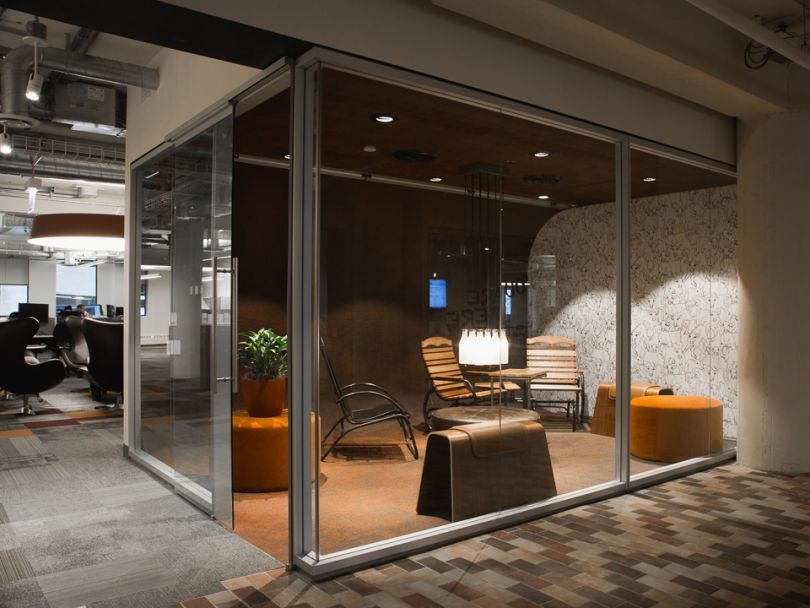
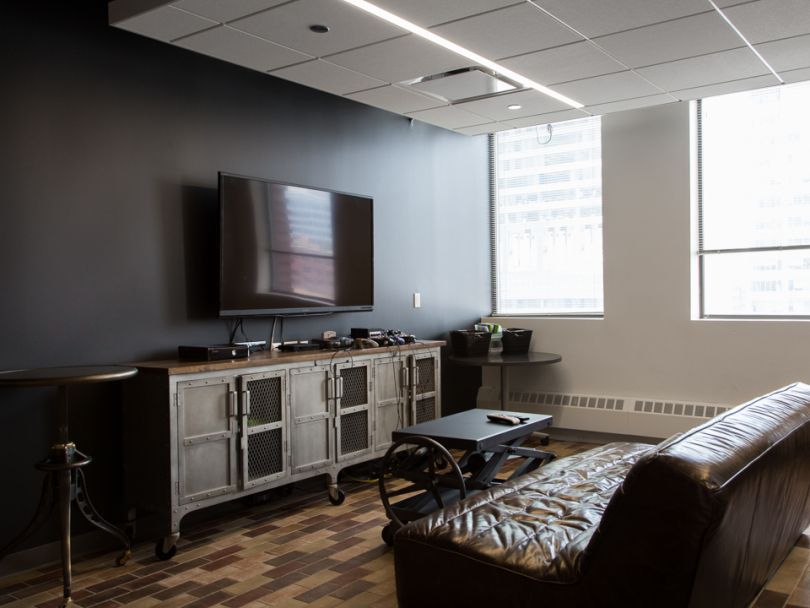
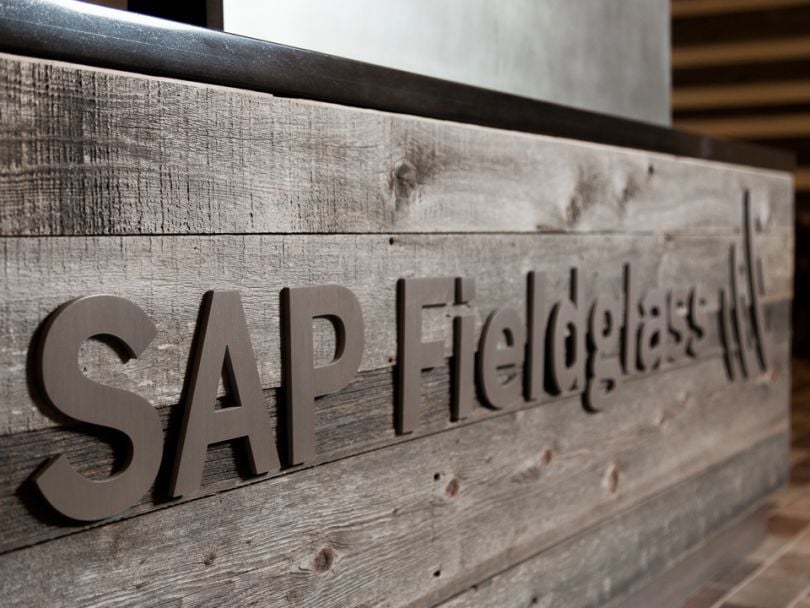
SAP Fieldglass
FOUNDED: 1999
WHAT THEY DO: SAP Fieldglass provides a cloud-based vendor management system that helps customers manage their workforces and procurement programs.
WHERE THEY DO IT: Chicago
IDEAL CANDIDATE: Inquisitive people with a passion for innovation and a desire to seek new and better ways to use technology.
MEET THE QA TEAM: How SAP Fieldglass maintains a startup mentality.

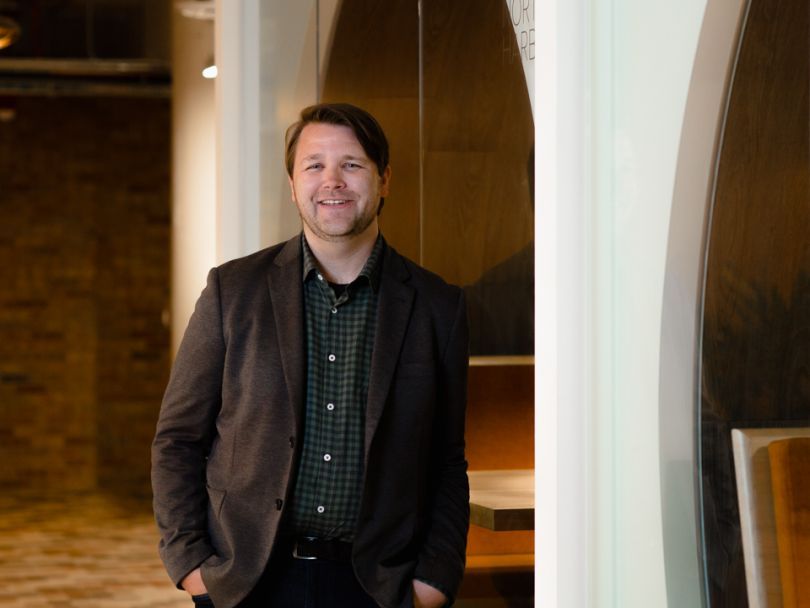
Gary Mack, Development Architect
Gary Mack’s role encompasses everything from technical architecture to software development, systems engineering and organization. As a leader, he is tasked with coaching team members and organizing team events and projects.
BEYOND WORK: Gary enjoys discovering his family history through home DNA kits. So far, he’s uncovered connections throughout his family to key American Revolution figures, as well as ancestors from a diversity of countries.
We understand SAP Fieldglass is transitioning to a DevOps infrastructure. What did it take to make that change?
The transition requires a commitment from our leadership and team members to inclusivity, transparency, collaboration, innovation and support. It’s not easy. You have to keep the business running and continue to do what is working well for your customers, while also incorporating an entirely different mindset and way to work. A lot of us are afraid of failing or showing incremental work because it isn’t ready yet. With DevOps patterns, you’re learning to highlight failure in a constructive way and continuously process feedback from failures and successes, so that you can pivot from technologies to processes to initiatives faster.
The energy required for this transformation is similar to a startup mentality.”
How did you help lead the pivot?
Action, listening and learning are crucial. “The Agile Manifesto” and scrum methodology have helped us organize teams to work with DevOps patterns, and I help where I can, whether that’s as a coach or director, or in a hands-on capacity.
The energy required for this transformation is similar to a startup mentality in a lot of ways, and that’s an interesting place to be as a mature company. It breeds excitement and opportunity for everyone.


What advantages does a DevOps infrastructure provide for your tech team?
When you work in technology for most of your life, you want to get back in touch with the outside world. DevOps provides elegant ways to automate your work and build in empathy and understanding across your culture and processes.
We’re creating microstructures where microservices, infrastructure and organizational components are starting to intersect. DevOps becomes a means to building a self-driven stack, which gives people back time to enjoy outside of work.
DevOps provides elegant ways to automate your work and build in empathy and understanding.”
How is it transforming your technology?
We are starting to see ideas like practical AI, AI-first approaches and ethical AI enter our lexicon and patterns of thinking, as well as our specific products. For these to really take off, a DevOps culture is central. It will determine how AI will continue to get adopted, managed and consumed until it one day drives itself.
What technical challenges are you solving on your team?
We’re moving toward zero downtime and complete data protection on our applications and services. There are often maintenance windows to accommodate application releases and infrastructure support cycles. We’re looking into technologies like Kubernetes, containers, traffic management and service meshes, which are designed with release patterns that will make our goals easier to achieve.
At the same time, data protection is extremely important to our customers. So we are looking at technologies that support end-to-end encryption, more frequent rotation cycles and the ability to isolate our customers’ data where they need it.
What is the next big step for the team?
Our next step is to figure out how we can scale scrum across our organization, architect teams to share responsibilities, and accelerate toward, and surpass, our goals. We’ll need to break down existing silos and guard against new silos within scrum to be successful. Change has to be intentional.
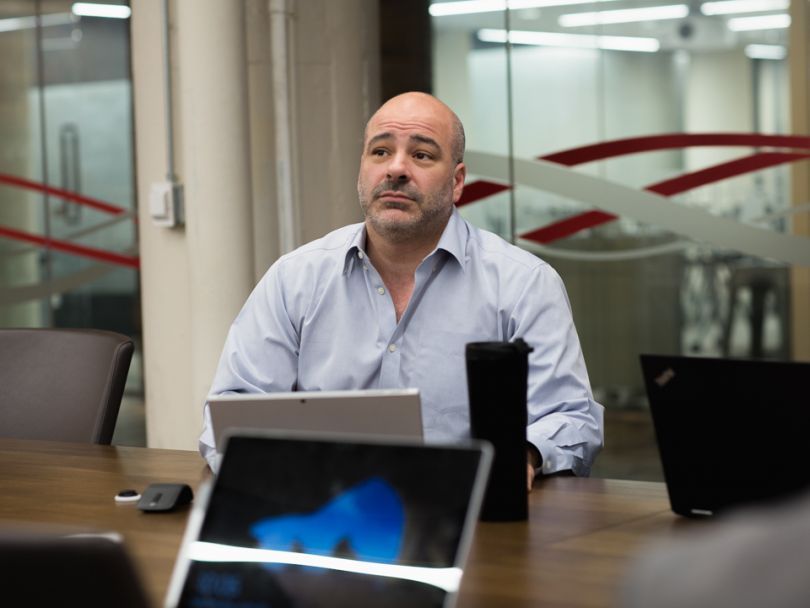
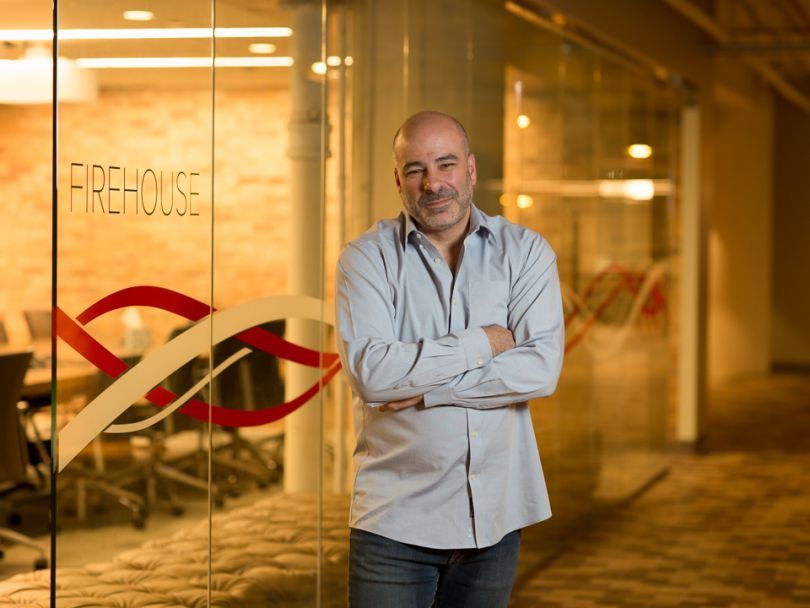
Jeffrey J. Basso, SVP of Technology
Jeffrey Basso heads up the technology teams that design, build and run SAP Fieldglass’ infrastructure platforms. He’s working to retool the teams in their approach to problems, which will have an impact on future success, culture and happiness.
BEYOND WORK: Jeffrey enjoys learning about how human behavior and external forces can impact decision-making.
How did you lead the team in its transition to DevOps?
One team had to take the first step, and that team was IT. We felt that we needed to first break down the walls within our own department.
We’ve prioritized our current projects, stopped new projects that followed the old model on our old architecture and built a curriculum to address our new mindset. We’ve also added technologies like containers, K8s, and Git, and we deployed cross-functional teams that included mostly IT and some security and development team members utilizing a modified version of LeSS — a large-scale scrum framework.
We felt that we needed to first break down the walls within our own department.”
How is that changing the way you solve problems at SAP Fieldglass?
At SAP Fieldglass, and specifically on our IT team, we are shifting from an organization that deploys products to an organization that deploys solutions. With that change in mindset, we’re able to solve any need our organization may have with technology in a cost-effective way. Within our IT organization, we are working to deploy SaaS solutions across all major cloud providers.

What’s the most important task on your to-do list?
Mindfulness plays a big role in my life. At the top of my to-do list is to reach out to one person a day and have a meaningful conversation with them. SAP is an expansive organization. Those conversations across the organization are integral to the success of our group. I consider my day a success if I have motivated, refocused or pivoted the mindset of one person.
What does SAP Fieldglass’ commitment to the community mean to you?
We believe everyone has potential. We donate to, and partner with, several local organizations, such as Naperville Alive and the DuPage Children’s Museum. These organizations introduce children to technology in an open and inviting way.
These causes are important to my health and well-being, and the company’s commitment to them means a lot to me. I don’t believe we’d be as successful if we didn’t have exposure to how fortunate we are. It’s humbling to see a child open up when given the opportunity to learn. It reminds me that we still have so much more work to do in our community.



